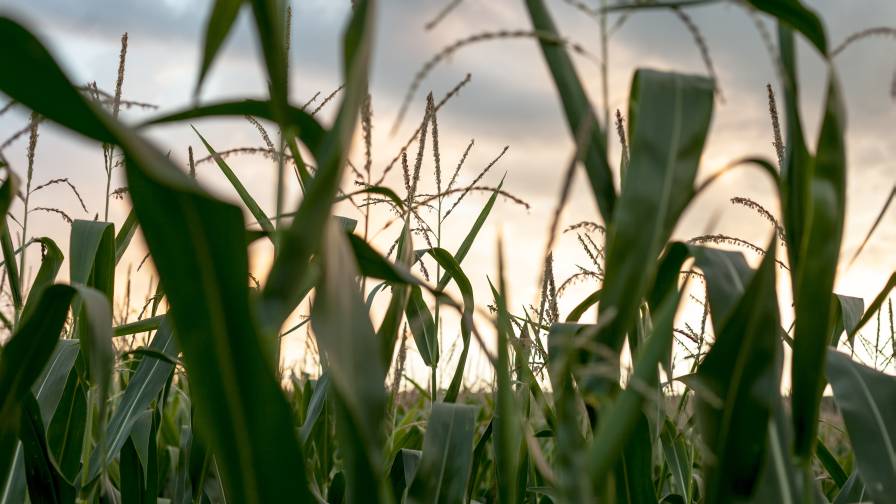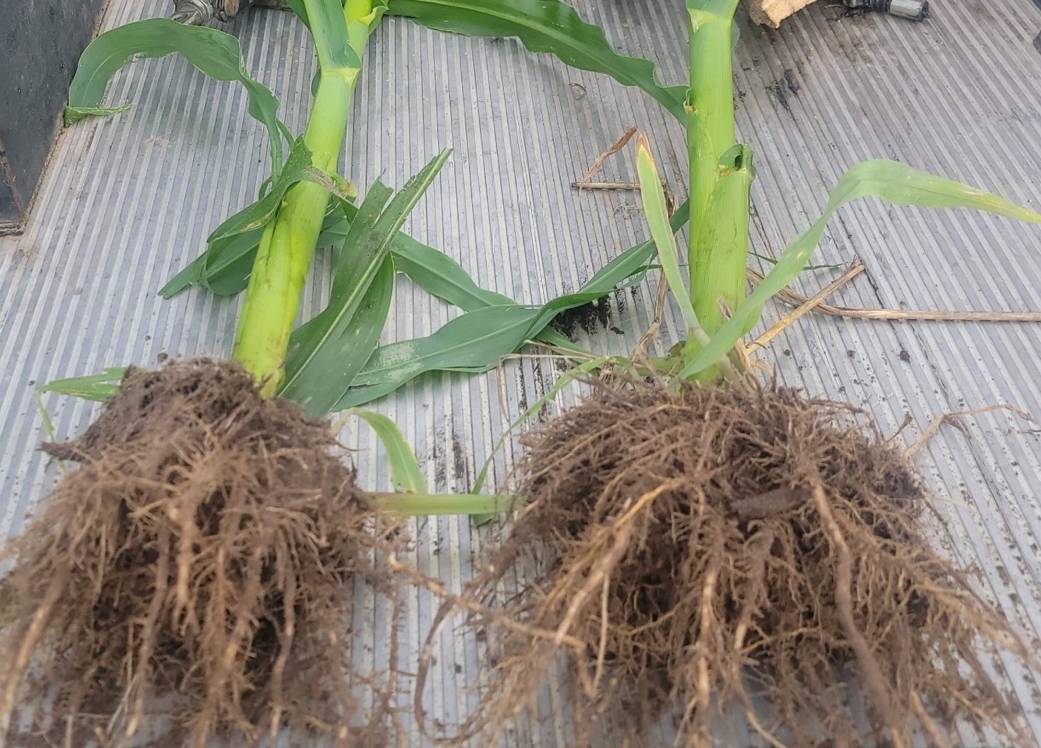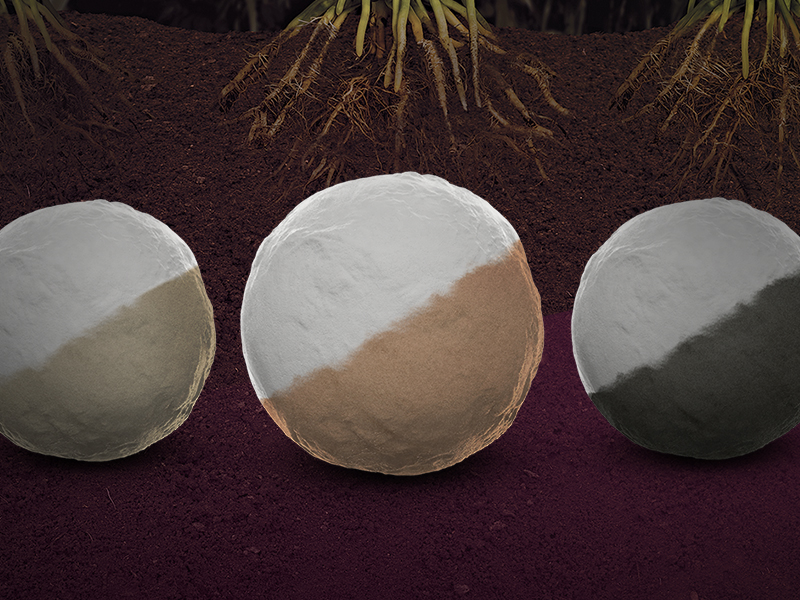Phospholutions Targets U.S. Corn Belt With Phosphate Solution, Secures Additional Investment
Editor’s note: The CropLife team recently met with Phospholutions to learn more about its RhizoSorb technology, which is embedded into fertilizer granules at production to increase availability and uptake of phosphorus. Craig Dick, Vice President of Sales & Marketing, shares an update on the company, commercialization of RhizoSorb in the U.S. row crop market, and much more.
CropLife: In August, Phospholutions announced an additional $10.15 million investment to accelerate the commercialization of RhizoSorb in the U.S. row crop market. How will this latest round of funding be used?
Craig Dick: The investment will help us scale our production and accelerate commercialization in the U.S. row crop market. We have an international fertilizer manufacturer that is supporting U.S. growth. In addition, we’re working with a domestic partnership to make product here in the U.S. as soon as this fall. While we have inventory available, we have already created more demand this fall than we have for inventory.
CropLife: What are your goals with regards to inventory and production?

Craig Dick, Phospholutions
CD: We are focused on a controlled launch for the coming crop season after a very successful year of commercial demos. We think it’s important to work with retail partners to prove this technology in the field in these early years of commercialization, which doesn’t necessarily mean we are trying to maximize tonnage in the 2024 growing season.
CropLife: What is the distribution strategy?
CD: We are selling through retailers and utilizing existing fertilizer distribution channels to make RhizoSorb accessible to growers. We have some sales pending with a number of retailers for this fall, which were primarily driven by more than 200 on-farm research trials we’ve done with growers.
CropLife: What agriculture sector is Phospholutions targeting?

Phospholutions is highly focused on the commercialization of RhizoSorb in the corn and soybean markets of the U.S. Corn Belt.
CD: We are highly focused on row crops including corn and soybean markets in the Corn Belt, so Nebraska to Ohio and north to Canada. These are the main areas that use the majority of phosphates. These are also the areas that have water quality problems driven by phosphate inefficiencies. With the potential for 58% less runoff and 87% less leaching, RhizoSorb can dramatically impact water quality in these areas.
Many growers in these sensitive areas are already challenged with the amount of phosphate they can use, so rate reduction is nothing new to them. However, if they know they won’t have any yield reduction or additional cost because they cut their phosphorus rates, that’s really exciting for them. We are eager to engage with stakeholders in sensitive watersheds to help support meeting water quality targets without adding cost to the farmer.
CropLife: It’s ultimately about demonstrating the business case, right?
CD: Yes. We worked hard to successfully show fertilizer manufacturers and ag retailers that while they will sell less product, there is increased margin opportunity for them that more than makes up for the drop in volume. You are going to sell 33% less product, but you’re going to make 20% more margin than you would make on the equivalent tons you handle. In addition, there is a huge operational benefit by handling less tons while servicing the same number of acres.
And because of the rate reduction, we’re able to bring a cost-savings benefit on a per-acre basis, offering the grower a 10% to 15% discount for using a more sustainable, more efficient product. That’s unheard of in agriculture because every other phosphate technology is a cost-plus product, typically it’s another $5 to $14 an acre and promising a yield boost to generate a return on investment.
CropLife: Tell us more about the trials and testing that have been conducted.

Left is the grower standard. Right is RhizoSorb with 50% less P.
CD: We’re in our fifth year of third-party replicated plot trials at Penn State University. RhizoSorb has also been tested in over 200 trial locations across 14 states with three years of data demonstrating a consistent cost savings benefit to row crop producers across North America.
In 2022, RhizoSorb was tested across 78 on-farm, independent trial locations. Our on-farm trial program validates the efficacy of RhizoSorb technology to preserve yield while reducing phosphorus use.
Trials were conducted on-farm in plots of at least 20 acres treated with RhizoSorb at 50% of the phosphate rate of the grower standard practice as the control.
This year, we have another 50 field trials. From the in-season root digs and yield estimates we anticipate final yields to be in line or better than the control plots. Performance looks very good so far. We are looking forward to harvest and collecting yield data.
We understand that ag retailers and growers want to see it working in their own backyard and we’re very supportive of that. We also understand the operational challenges that dry fertilizer has with regards to limited bin space, competing products, and the education process that comes along with something new.
We’re not looking for any retailer to make a switch overnight. What we’re looking for is for them to try a truckload or two with their progressive growers. We believe they’ll see the same yield or better, lower costs, and higher ROI. Long term, we think retailers and growers will make the transition to what’s essentially MAP 2.0 — a more efficient phosphate fertilizer.






